Home>Articles>How To Store Washed Strawberries In The Fridge
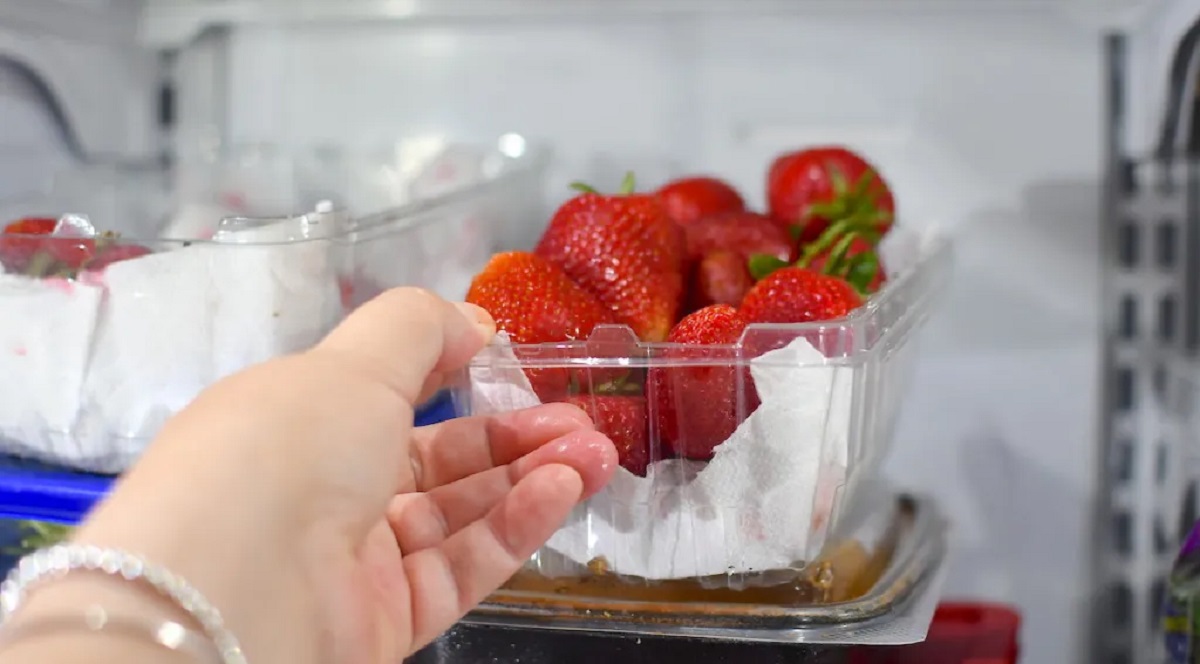

Articles
How To Store Washed Strawberries In The Fridge
Modified: January 7, 2024
Learn the best methods for storing freshly washed strawberries in the fridge to keep them fresh and delicious for longer. Check out our informative articles!
(Many of the links in this article redirect to a specific reviewed product. Your purchase of these products through affiliate links helps to generate commission for Storables.com, at no extra cost. Learn more)
Introduction
Strawberries are a delightful and nutritious fruit that is enjoyed by many. Aside from their delicious taste, strawberries are packed with vitamins, antioxidants, and fiber, making them a healthy addition to any diet. However, once strawberries are washed, they can become more susceptible to spoilage if not stored properly. In this article, we will explore the importance of storing washed strawberries correctly and provide a step-by-step guide on how to store them in the fridge to keep them fresh for longer.
When it comes to storing washed strawberries, it’s crucial to follow the right methods to avoid mold growth, moisture loss, and flavor deterioration. By taking the time to store them properly, you can ensure that your strawberries stay fresh and retain their vibrant flavor for as long as possible.
So let’s dive in and learn how to store washed strawberries in the fridge!
Key Takeaways:
- Properly storing washed strawberries in the fridge prolongs their shelf life, prevents mold growth, maintains flavor, minimizes food waste, and allows for easy access to this delightful and nutritious fruit.
- Follow the step-by-step guide to choose the right container, prepare, line, store, seal, refrigerate, and understand the storage duration to enjoy fresh and delicious washed strawberries for longer periods.
Read more: How To Store Strawberries In Fridge
Why is it important to store washed strawberries properly?
After washing strawberries, it’s essential to store them properly to maintain their freshness and quality. Here’s why:
- Prolongs shelf life: Proper storage helps to extend the shelf life of washed strawberries. Strawberries are delicate fruits that can quickly deteriorate if left at room temperature or stored incorrectly. By following the right storage techniques, you can keep your strawberries fresh for longer, allowing you to enjoy their sweet taste and nutritional benefits.
- Prevents mold growth: Washing strawberries removes dirt, debris, and any potential contaminants. However, excess moisture from washing can promote mold growth if the strawberries are not dried and stored properly. By following the correct storage methods, you can reduce the risk of mold and help keep your strawberries fresh and mold-free.
- Maintains flavor and texture: Improper storage can lead to moisture loss, resulting in strawberries that are dry and lackluster in flavor. Storing washed strawberries in the right conditions helps preserve their natural moisture content, ensuring that they maintain their juiciness, texture, and delicious taste.
- Minimizes food waste: By storing washed strawberries properly, you can minimize food waste and save money. When berries are not stored correctly, they can spoil quickly, leading to unnecessary waste. By implementing proper storage techniques, you can enjoy your strawberries over a more extended period, reducing the likelihood of having to throw them away.
- Allows for easy access: Storing washed strawberries in the fridge in a convenient and organized manner gives you easy access to this tasty fruit. You can grab a handful of fresh strawberries whenever you crave a healthy snack or need to add a burst of flavor to your breakfast, desserts, or salads.
By understanding the importance of proper storage for washed strawberries, you can make the most of this delectable fruit while minimizing waste and ensuring that each strawberry remains fresh, flavorful, and enjoyable.
Step 1: Choose the right container
The first step in storing washed strawberries properly is selecting the right container. Choosing the appropriate container is crucial to maintaining the strawberries’ freshness and protecting them from moisture and potential damage. Here are a few factors to consider when selecting a container for storing washed strawberries:
- Airtight and leak-proof: Look for containers that are airtight and leak-proof to prevent moisture from entering and causing the strawberries to spoil quickly. A container with a secure lid will help maintain the ideal level of humidity for the strawberries and keep them fresh.
- Size and shape: Opt for a container that is the right size for the amount of strawberries you plan to store. The strawberries should fit comfortably without being overcrowded, as this can lead to bruising and spoilage. Additionally, consider a container with a shape that allows for easy stacking in the fridge to save space.
- Material: It is recommended to use containers made of food-safe materials, such as glass or BPA-free plastic. These materials are non-reactive and do not transfer any unwanted flavors or chemicals to the strawberries.
- Transparent: Choosing a transparent container allows you to see the strawberries without opening the lid. This helps you quickly assess their condition and prevents unnecessary exposure to air when checking on them.
Some suitable container options for storing washed strawberries include glass food storage containers with locking lids, plastic containers with tight-fitting seals, or even resealable plastic bags if space is limited. Whichever container you choose, ensure that it meets the criteria mentioned above to ensure optimal storage conditions for your washed strawberries.
Now that you have selected the right container let’s move on to the next step in properly storing washed strawberries: preparing the strawberries themselves.
Step 2: Prepare the strawberries
Before storing washed strawberries, it’s important to properly prepare them to ensure optimal storage conditions. Here’s how to prepare your strawberries:
- Inspect for freshness: Before storing, carefully examine each strawberry to ensure it is fresh and free from any signs of mold, mushiness, or bruising. Discard any berries that appear spoiled to prevent them from affecting the rest of the batch.
- Remove stems and leaves: Gently remove the green stems and leaves from the strawberries. You can do this by pinching and pulling them off with your fingers or using a small knife. Removing the stems and leaves helps prevent excess moisture buildup and allows for better airflow around the berries.
- Gently rinse: Rinse the strawberries under cold running water to remove any remaining dirt or debris. Be careful not to soak the berries for too long as excessive water exposure can lead to moisture loss and a decrease in flavor.
- Pat dry: After rinsing, gently pat the strawberries dry using a clean kitchen towel or paper towels. Carefully blot away any excess moisture to prevent the berries from becoming too wet, which can lead to mold growth.
- Optional: Dry completely: If you have the time and patience, you can let the strawberries air dry on a clean kitchen towel or a paper towel-lined tray. Allowing them to dry completely helps remove any remaining moisture before storing.
By properly preparing your strawberries, you remove any potential contaminants, excess moisture, and improve their shelf life while ensuring that they retain their flavor and texture throughout storage.
Now that your strawberries are prepared, it’s time to move on to the next step: lining the container for optimal storage conditions.
Step 3: Line the container
After preparing the strawberries, the next step in storing them properly is to line the container. Lining the container helps create a barrier between the strawberries and the container’s surface, minimizing moisture transfer and preventing the strawberries from sticking to the container. Here’s how to line the container for optimal storage conditions:
- Parchment paper: One option for lining the container is to use parchment paper. Cut a piece of parchment paper to fit the bottom of the container. The parchment paper will create a protective layer that prevents the strawberries from coming into direct contact with the container and helps absorb any excess moisture.
- Paper towels: Another alternative is to line the container with paper towels. Place a layer of clean, dry paper towels at the bottom of the container. The paper towels will absorb any extra moisture that may accumulate and keep the strawberries dry.
- Reusable liners: If you prefer a more environmentally friendly option, consider using reusable silicone liners or food-grade silicone mats. These liners can be easily washed and reused, providing a non-stick surface for the strawberries.
When lining the container, ensure that the bottom and sides are adequately covered to create a barrier that protects the strawberries from moisture and prevents them from sticking. This lining not only helps with storage but also makes it easier to remove the strawberries from the container without causing any damage.
Now that the container is lined, we can move on to the next step: storing the strawberries in the container.
Place the washed strawberries in a single layer on a paper towel-lined container to absorb excess moisture. Cover with a lid or plastic wrap and store in the fridge for up to 3-4 days.
Read more: How To Store Strawberries And Blueberries
Step 4: Store the strawberries
Now that you have prepared the strawberries and lined the container, it’s time to store the strawberries in the container. Properly arranging the strawberries in the container helps prevent bruising, maintain their shape, and ensure even airflow. Here’s how to store the strawberries:
- Arrange in a single layer: Place the prepared strawberries in the container in a single layer. Avoid stacking or overcrowding the berries, as this can lead to bruising and moisture buildup. If you have a large quantity of strawberries, consider using multiple containers or dividing them into smaller batches.
- Space between the berries: Leave a slight gap between the strawberries to allow for airflow. This helps prevent them from becoming too moist and developing mold. However, do not leave too much space that can lead to shifting and bruising of the berries.
- Face down: For strawberries with a pointed end, place them with the pointed end facing down. This positioning helps minimize moisture accumulation at the top, which can lead to faster spoilage.
By arranging the strawberries in a single layer and providing space between each berry, you ensure that they stay fresh and maintain their quality during storage. Now that the strawberries are stored, let’s move on to the next step: properly sealing the container.
Step 5: Properly seal the container
Once the strawberries are arranged in the container, the next step is to properly seal the container. Sealing the container ensures that the strawberries are protected from excess moisture and air, which can cause them to spoil more quickly. Here’s how to properly seal the container:
- Tighten the lid: If you are using a container with a lid, make sure to secure it tightly. Check that the lid is properly aligned and locked in place to create an airtight seal. This will prevent any outside air from entering the container and affecting the quality of the strawberries.
- Press out air from resealable bags: If you are using resealable plastic bags to store the strawberries, squeeze out as much air as possible before sealing them. Pressing out the air helps reduce the chances of moisture buildup inside the bag and wards off premature spoilage.
- Wrap with plastic wrap: If your container does not have a lid or you are using a bowl covered with plastic wrap, ensure to wrap it tightly to create a good seal. Press the plastic wrap directly onto the strawberries, eliminating any air pockets that can degrade their freshness.
- Label and date: To keep track of when the strawberries were stored, consider labeling the container or bag with the date. This will help you monitor their freshness and know when they should be used or consumed.
Properly sealing the container or bag is crucial to maintaining the quality and freshness of the strawberries. It prevents excess moisture and air from entering, helping the strawberries stay delicious for a longer period.
Now that the container is properly sealed, it’s time to move on to the next step: placing the container in the refrigerator.
Step 6: Place in the refrigerator
After the strawberries have been properly sealed in the container, the next step is to place the container in the refrigerator. Cooling the strawberries at the right temperature helps slow down the ripening process and extends their shelf life. Here’s how to store the container in the refrigerator:
- Choose the ideal spot: Select a spot in your refrigerator that maintains a consistent temperature and is away from any sources of heat or direct sunlight. The temperature inside your fridge should be set between 32°F (0°C) and 40°F (4°C) for optimal storage of strawberries.
- Avoid overcrowding: Make sure there is enough space in the refrigerator to place the container without overcrowding it. Adequate airflow around the strawberries helps maintain their freshness and prevents the accumulation of excess moisture.
- Place on a stable surface: Set the container on a stable surface in your refrigerator, such as a flat shelf or drawer. Avoid placing it near the back of the refrigerator or in spots where it may be easily bumped or jostled.
- Keep away from strong-smelling foods: Strawberries can absorb smells from nearby foods, so it’s best to store them away from strong-smelling items like onions, garlic, or pungent cheeses. This will help maintain the natural aroma and flavor of the strawberries.
By placing the container of strawberries in the refrigerator, you create the ideal environment for them to stay fresh and retain their taste and texture. The cool temperature of the fridge helps slow down the growth of bacteria and prevents premature spoilage.
Now that the strawberries are safely stored in the refrigerator, let’s move on to the next step: understanding how long you can store washed strawberries.
Step 7: How long can you store washed strawberries?
Knowing how long you can store washed strawberries is important to ensure their freshness and quality. While the exact shelf life may vary depending on various factors, here are some general guidelines:
- Freshly washed: If you have properly washed and stored your strawberries, they can typically last in the refrigerator for about 3-5 days. However, it’s best to consume them as soon as possible for the best flavor and texture.
- Unwashed: If you have not washed your strawberries yet, you can store them in a perforated or vented container in the refrigerator for up to a week. This helps minimize moisture buildup and maintain their freshness.
- Frozen: If you have excess strawberries or want to prolong their shelf life, you can freeze them. Wash the strawberries, remove stems, and place them in a single layer on a baking sheet lined with parchment paper. Freeze until firm, then transfer the frozen strawberries to airtight containers or freezer bags. They can be stored in the freezer for up to 8-12 months.
It’s important to keep in mind that the shelf life of washed strawberries can be influenced by factors such as the initial freshness of the berries, the storage conditions, and the level of ripeness at the time of storage. Always inspect the strawberries before consuming them and discard any that show signs of mold, discoloration, or an off smell.
By understanding how long you can store washed strawberries, you can plan your meals and snacks accordingly, ensuring that you enjoy the strawberries at their peak freshness.
Now that you have learned how to store washed strawberries properly and understand how long they can be stored, you can confidently enjoy these sweet and nutritious fruits without worrying about spoilage or flavor loss.
Read more: How To Store Strawberries In The Freezer
Conclusion
Properly storing washed strawberries is essential to maintaining their freshness, flavor, and nutritional value. By following the steps outlined in this guide, you can ensure that your strawberries stay fresh and delicious for as long as possible:
- Choose the right container: Opt for an airtight and leak-proof container that is the right size and made of food-safe materials.
- Prepare the strawberries: Inspect, remove stems and leaves, rinse, and pat dry or air dry the strawberries.
- Line the container: Use parchment paper, paper towels, or reusable liners to create a barrier between the strawberries and the container.
- Store the strawberries: Arrange the strawberries in a single layer with space between each berry to allow for airflow.
- Properly seal the container: Secure the lid tightly, press out air from resealable bags, or wrap with plastic wrap to create an airtight seal.
- Place in the refrigerator: Store the container of strawberries in the refrigerator at a temperature between 32°F (0°C) and 40°F (4°C), away from strong-smelling foods.
- Know the storage duration: Freshly washed strawberries can last for 3-5 days in the refrigerator, while unwashed strawberries can last up to a week. Frozen strawberries can be stored for 8-12 months.
By storing washed strawberries properly, you can enjoy their natural sweetness and health benefits for longer periods, reduce food waste, and have easy access to them whenever you need a refreshing snack or ingredient in your dishes.
Remember to always inspect the strawberries before consuming them and discard any that show signs of spoilage. Pay attention to their quality and enjoy them at their best while they are fresh.
So, go ahead and confidently store your washed strawberries in the fridge using these simple steps. Embrace their vibrant flavor and reap the nutritional rewards that this delectable fruit has to offer!
Frequently Asked Questions about How To Store Washed Strawberries In The Fridge
Was this page helpful?
At Storables.com, we guarantee accurate and reliable information. Our content, validated by Expert Board Contributors, is crafted following stringent Editorial Policies. We're committed to providing you with well-researched, expert-backed insights for all your informational needs.
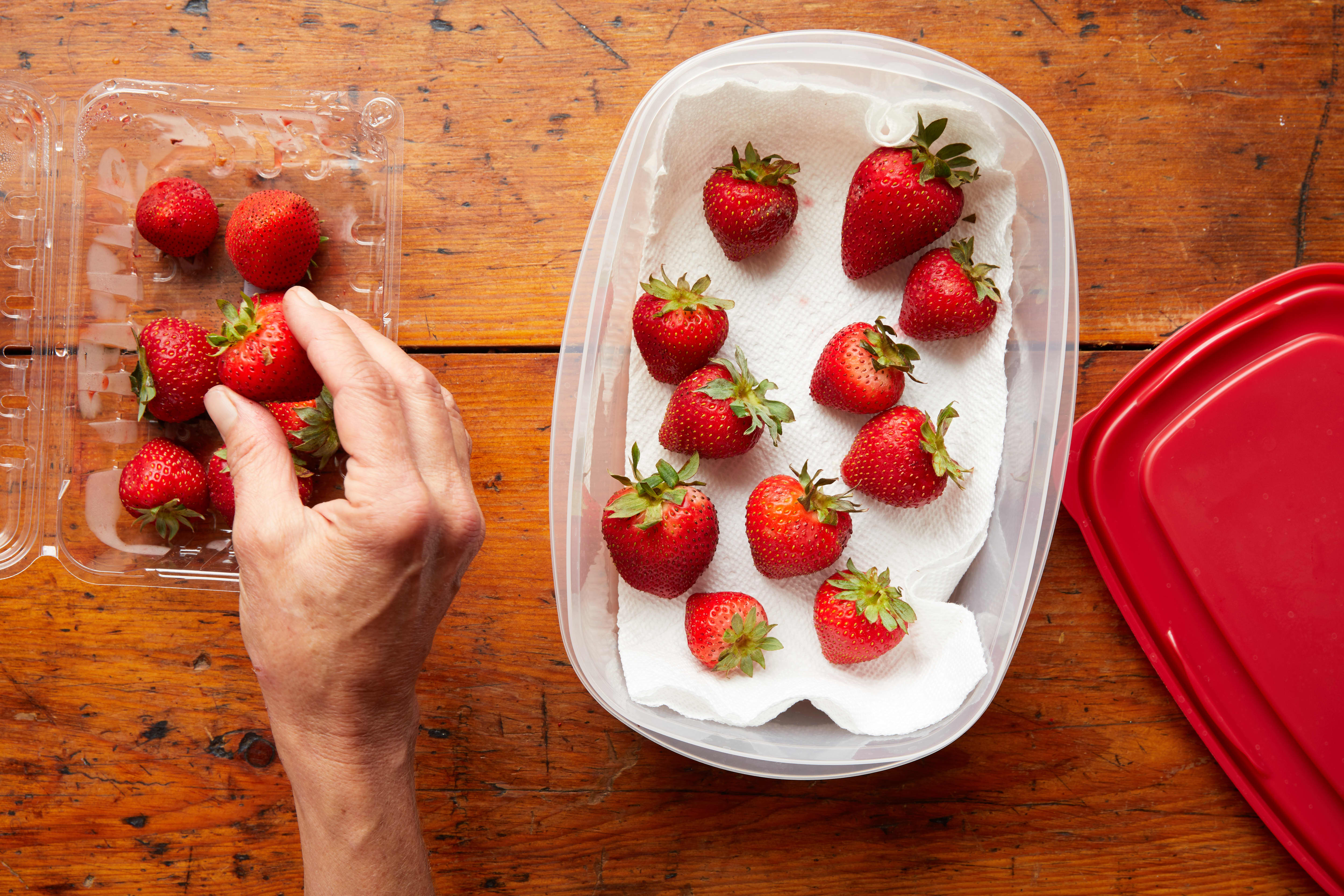
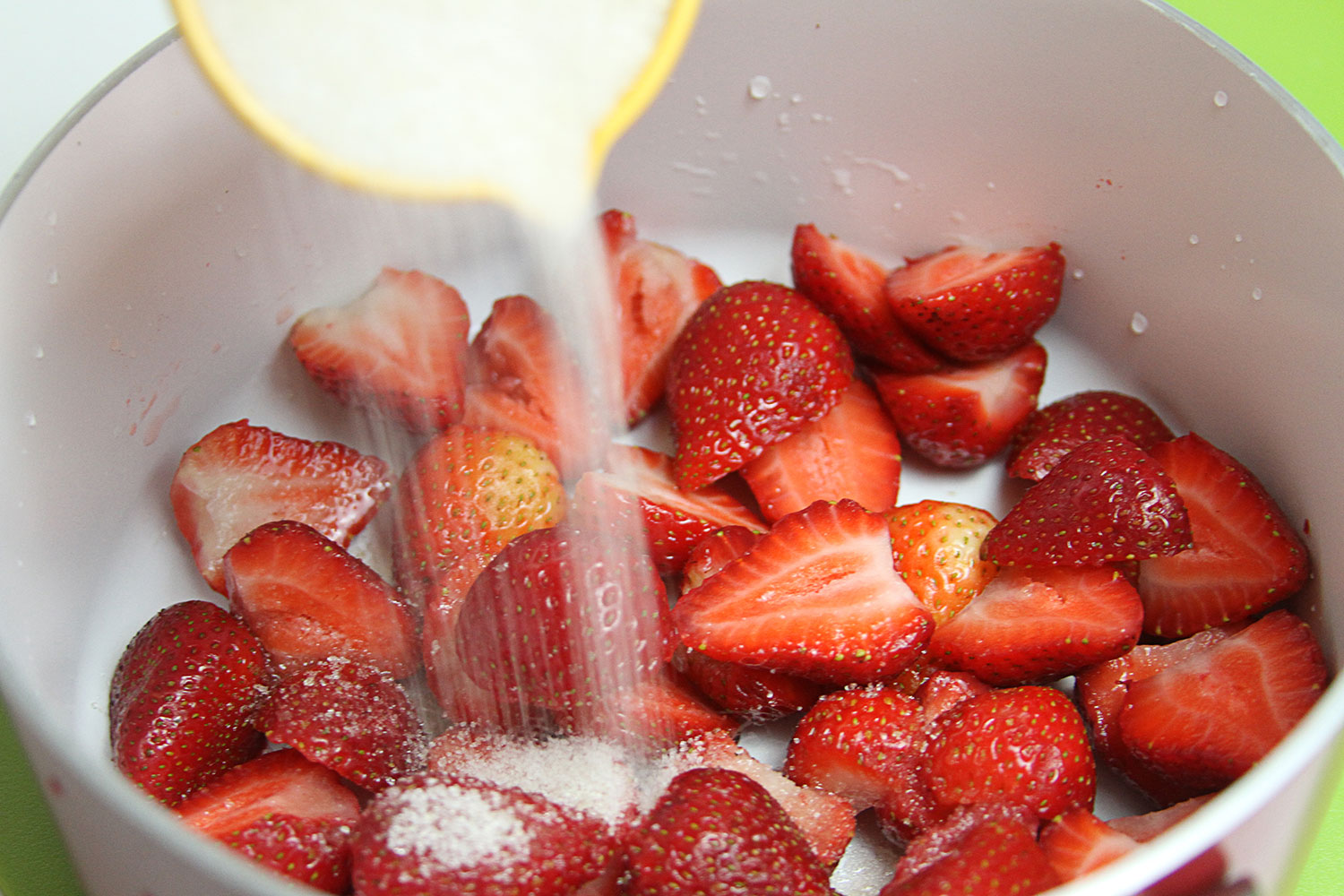
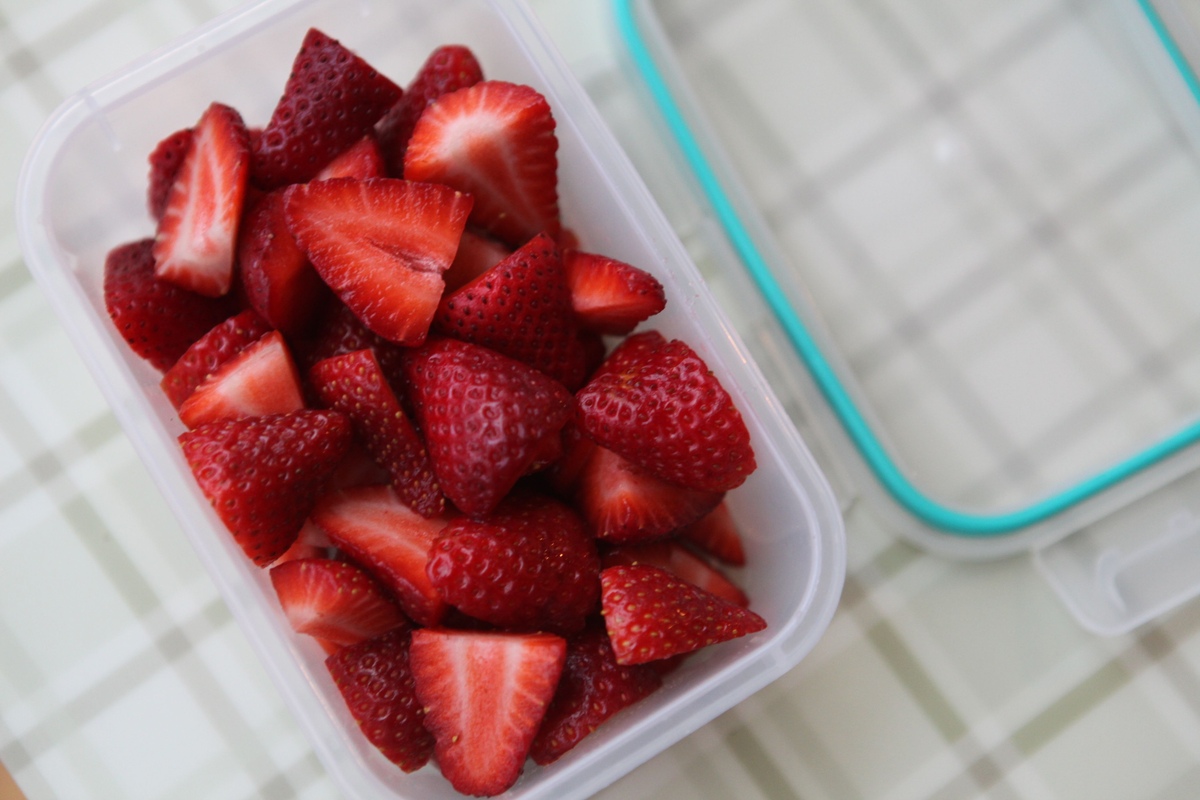

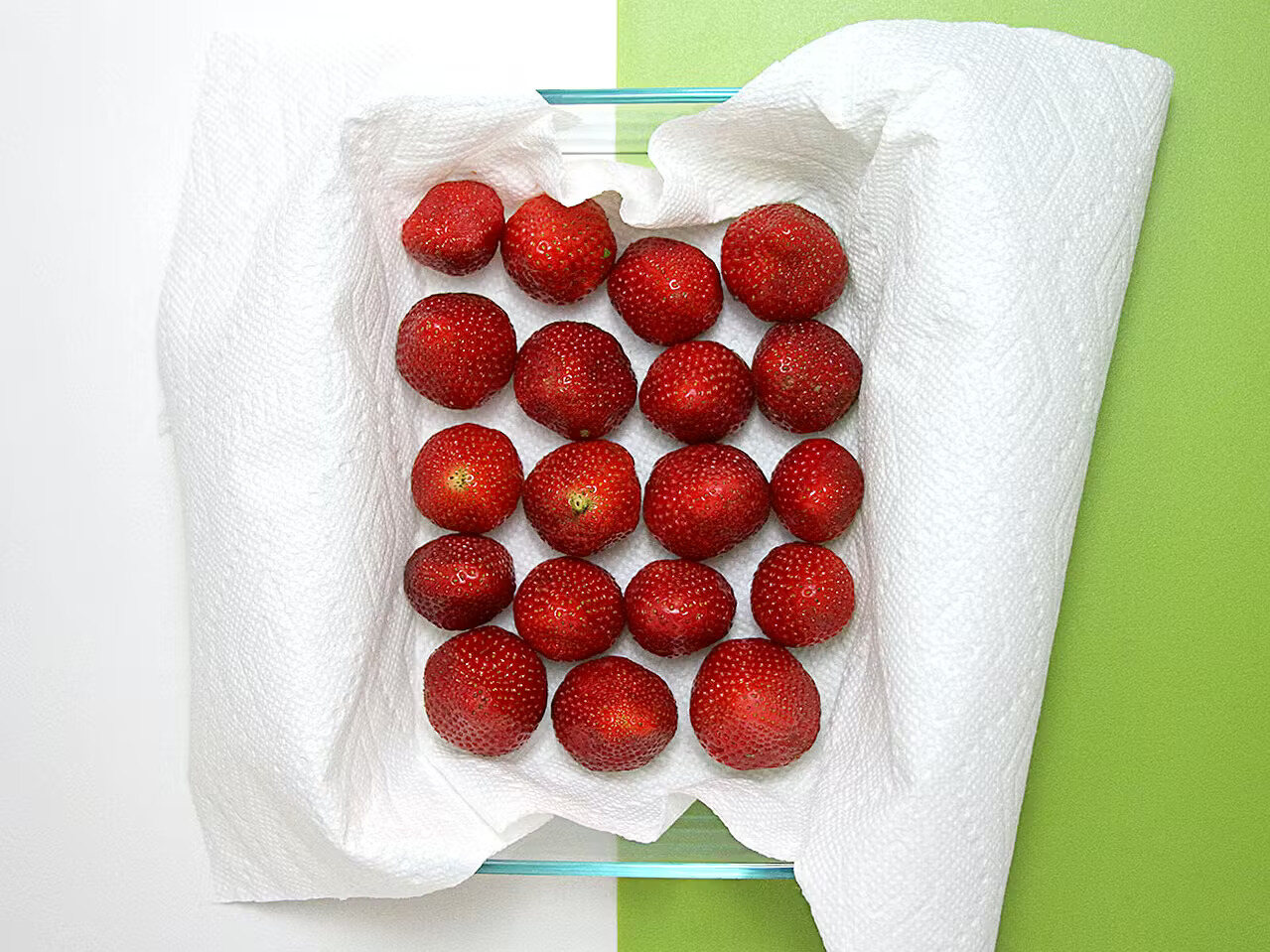
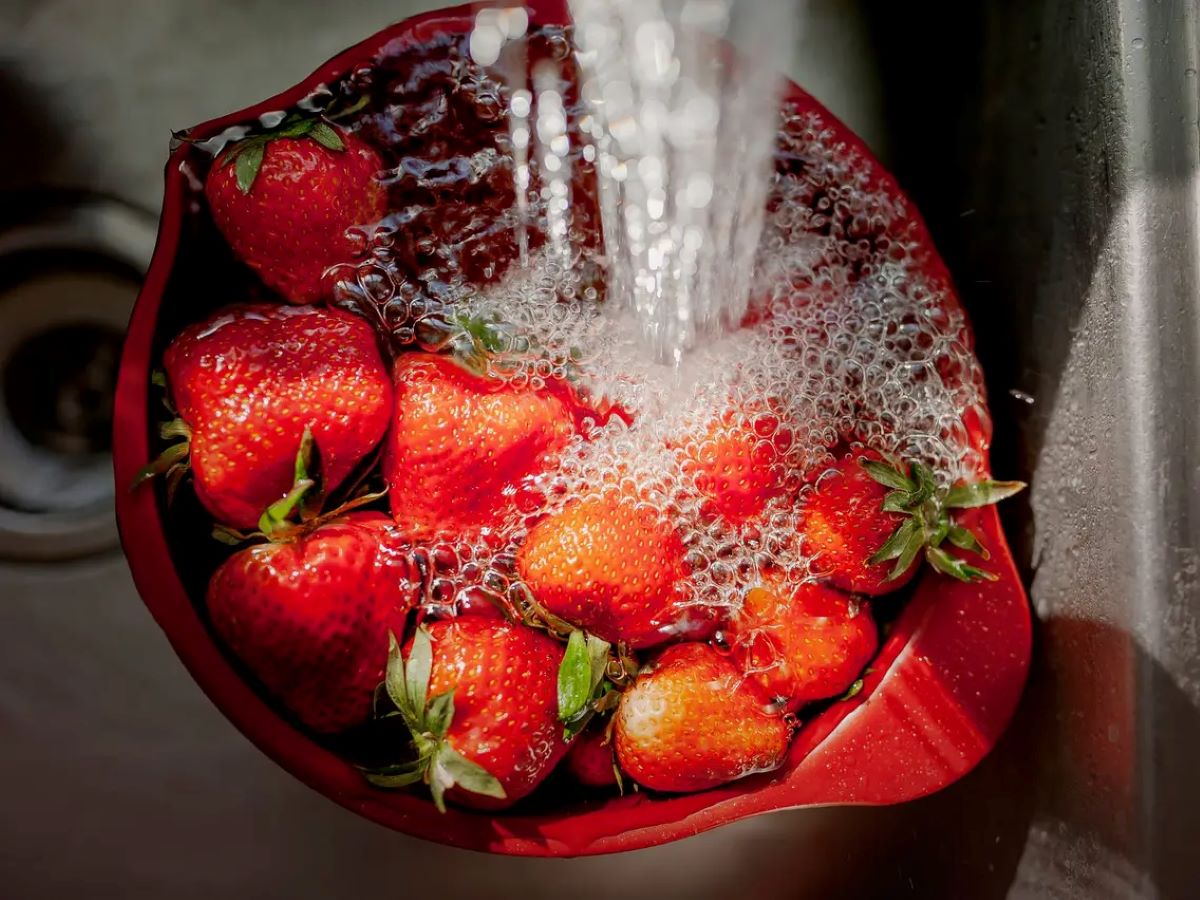

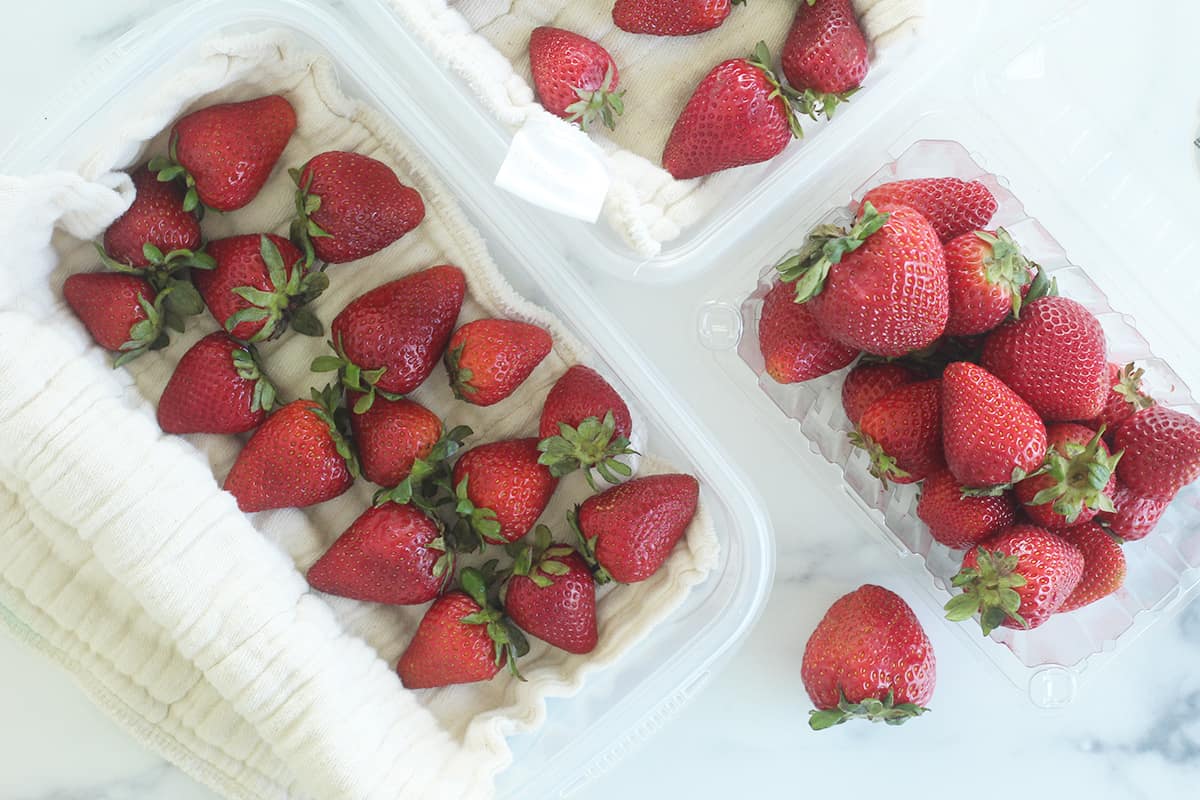

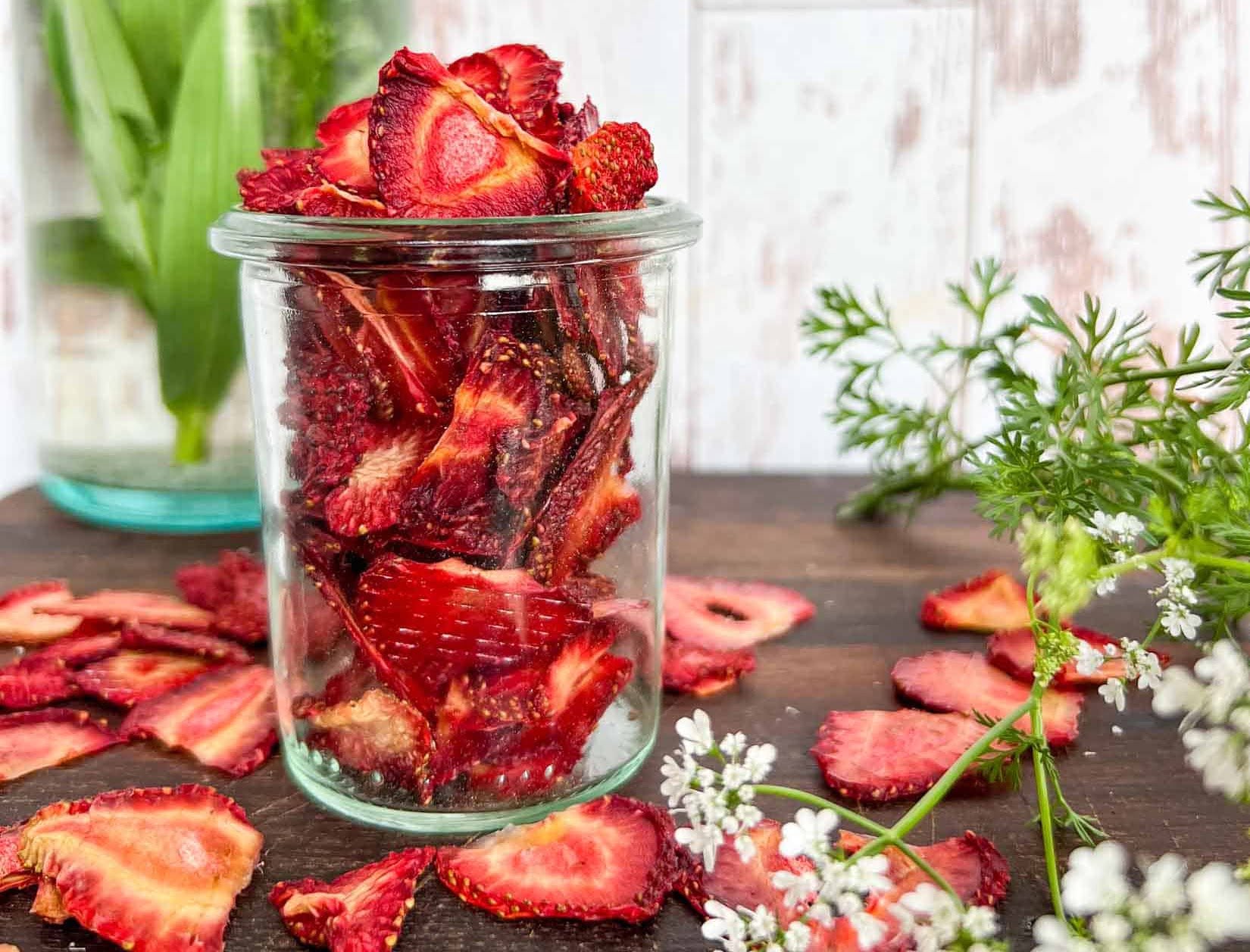

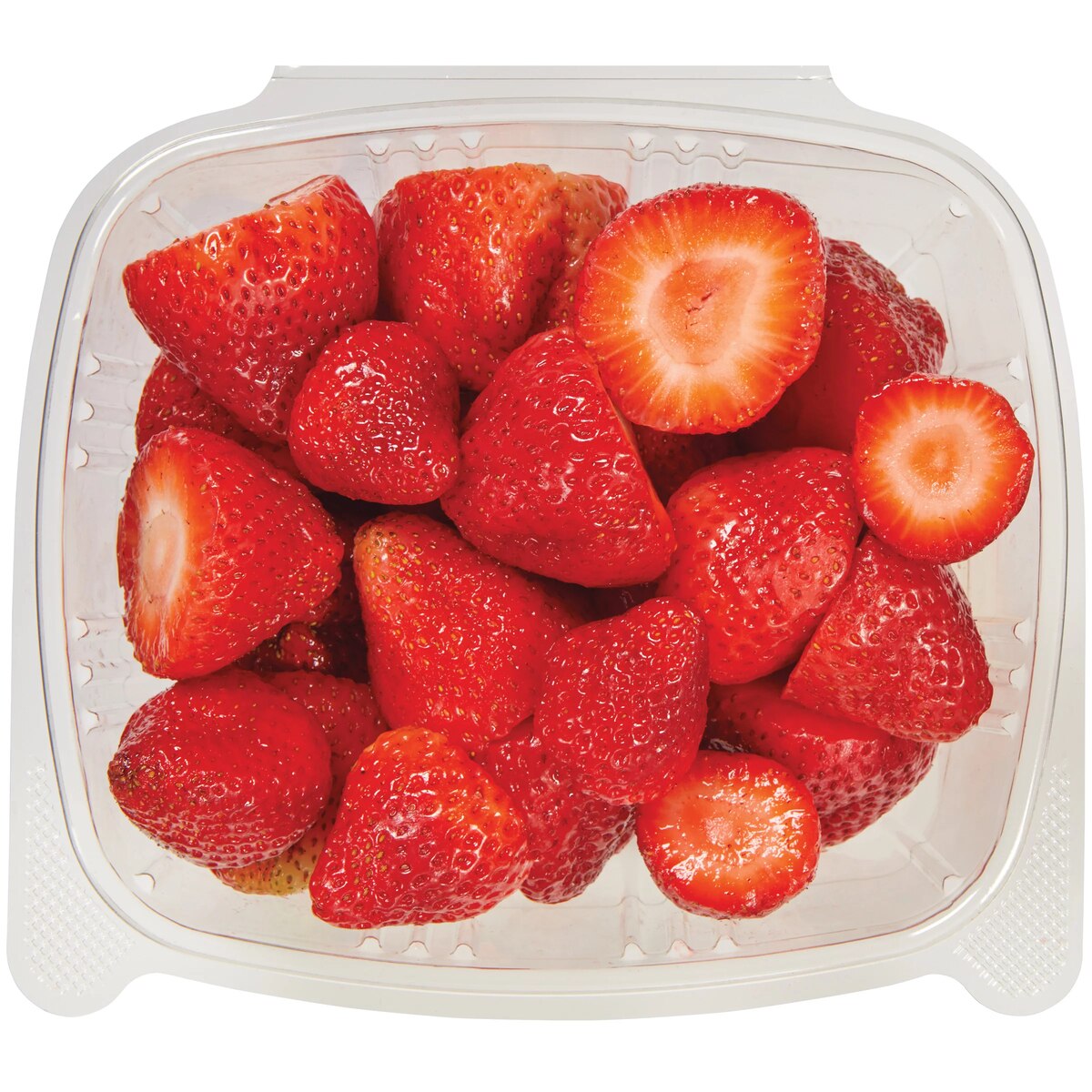
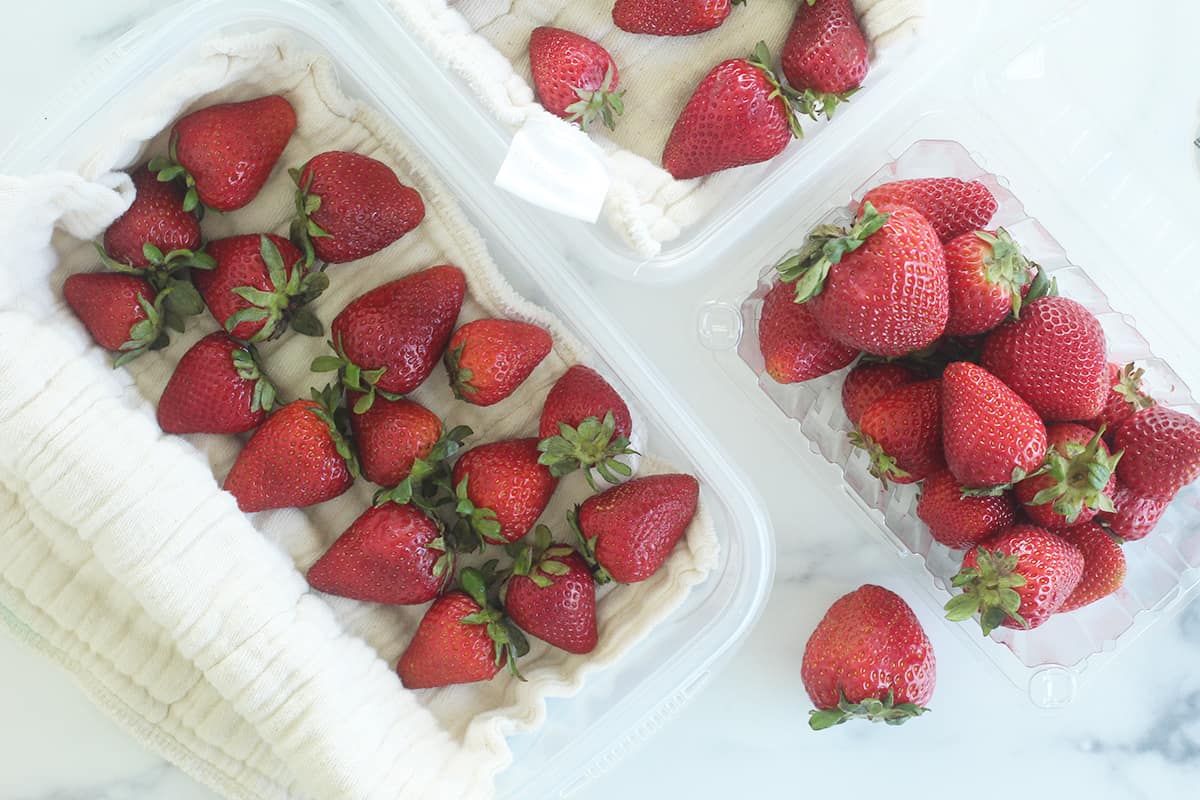

0 thoughts on “How To Store Washed Strawberries In The Fridge”